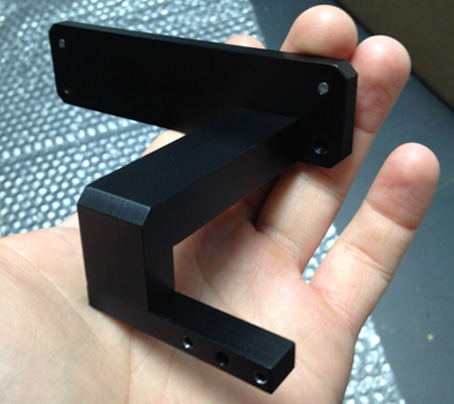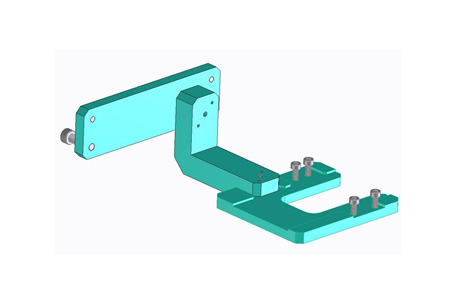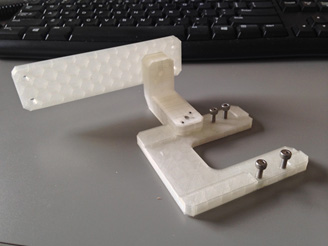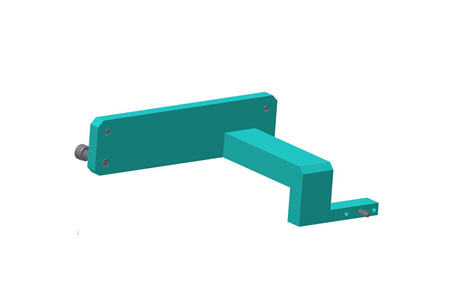Milwaukee Electronics’ Design Engineering Group sees its mission as filling gaps in our customer’s engineering resources. Sometimes that involves work on a complex design project. Other times, it is a far simpler requirement. In this example, it was designing a small tool that helped a customer load products under test more efficiently. However, simple projects aren’t always as simple as they seem at first glance. In this example, it became apparent that the customer didn’t have all the mechanical information that was required. They also knew what they wanted to tool to accomplish, but needed a team that could translate a few pictures and verbal instructions into a finished tool. Our team used its past experience and knowledge of this customer, their products and their engineering data to help their team gather the right information and fine tune their rough concept into the tool they needed.

The Final Product
In August 2014, Milwaukee Electronics delivered a first of its kind tool to this customer. It was a system that enabled engineers to precisely position ink cartridges, high speed video cameras and lighting to watch, in real time, ink droplets eject from the ink cartridges. This system was targeted to test a handful of ink cartridge types.
In late December 2014, the engineer and primary user of the camera tool contacted us to say that he’d like to have a small mechanical fixture made that would allow him to repeatably position the nozzle of any ink cartridge type in exactly the same position, reducing the setup time and fine tuning involved with changing ink cartridge types.
We helped the customer identify and gather the information we would need for the design effort. Initially this was 3D models of the devices and descriptions of where they wanted the mechanical pieces to end up physically on their tool. The customer had a problem/error sending us the 3D CAD models of their units under test (UUTs) and we coordinated with their engineers to ensure we had the correct information for the design effort. The customer also sent us more detailed pictures and arrows pointing out what they wanted to have accomplished.
We then had a brief concept discussion between the project manager and the mechanical engineer to identify what the unit might look like. We modeled the initial design and held a preliminary design review of the adapter with the customer. We presented the design via video conference so the customer could see our approach in 3D CAD. The customer made a few verbal changes to what they had requested that changed the design of our fixture. Milwaukee Electronics made the adjustments to the design and prepared for a final design review.

Initial Design Model
We created a rapid prototype of the adapter for fit check and printed it off using our 3D printer and then sent the unit to the customer’s site. We included a simple presentation file that covered our adapter design and made sure the customer would have the printed prototype at the time of our final design review video conference.

Initial Design Rapid Prototype
We discovered, through customer fit check, that the adapter blocked some of the light that the customer wanted to be reflected off the ink cartridge. We discussed options with the customer and then made a design change to remove any light obstruction by our adapter. We took some virtual snapshots of the design in 3D CAD and sent those with a 3D pdf file to the customer for review.

Final Design Model
Once the customer gave us manufacturing approval, we fabricated the pieces and sent the finished adapters to the customer. They reported that the adapter worked amazingly well and that they didn’t have to make any adjustments to cameras or lighting to get very good imagery. They also told us that this simple solution was an immense time saver. In the end the customer was very happy with our solution and the speed with which we responded. They actually asked that we charge them more, since the design effort had required more support on our part than had been originally envisioned in the initial scope of work.